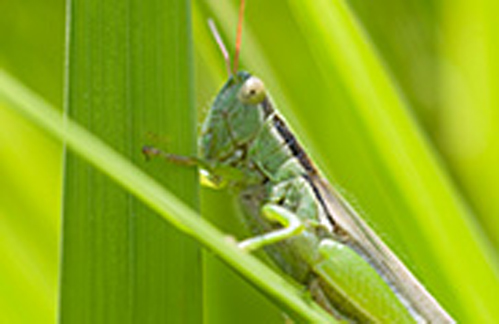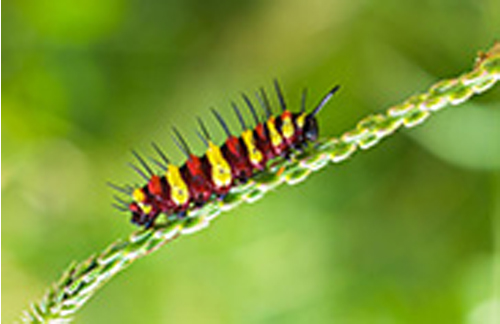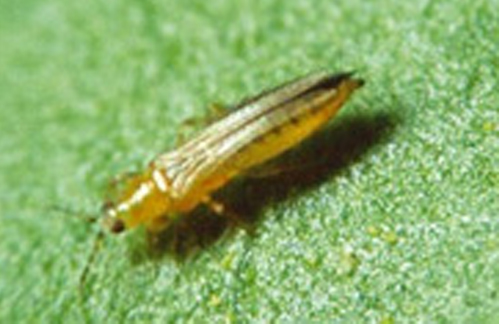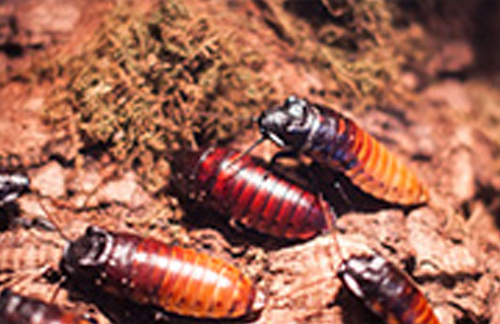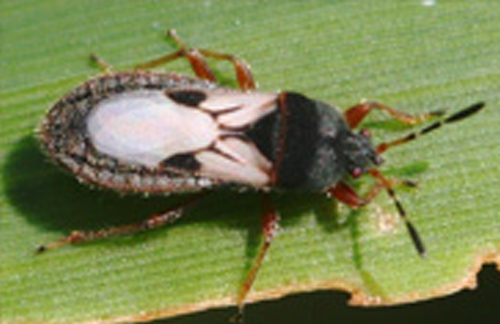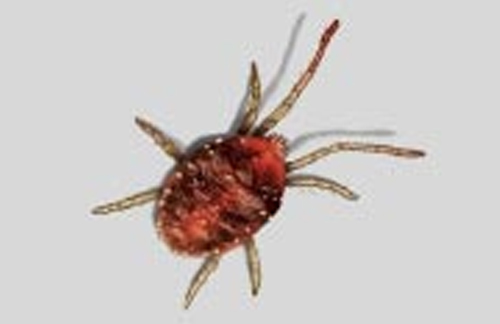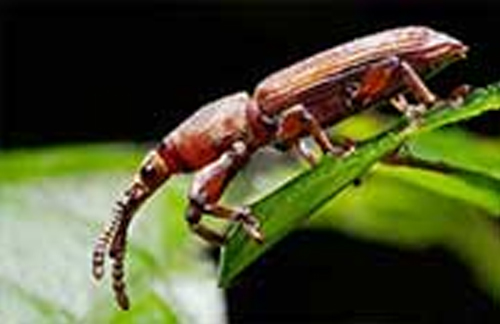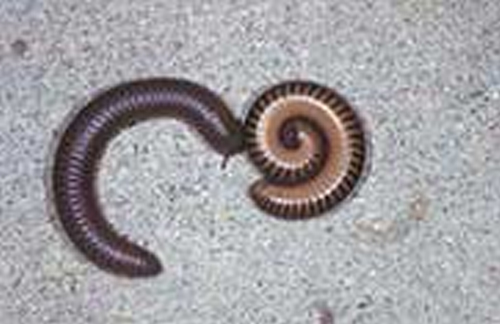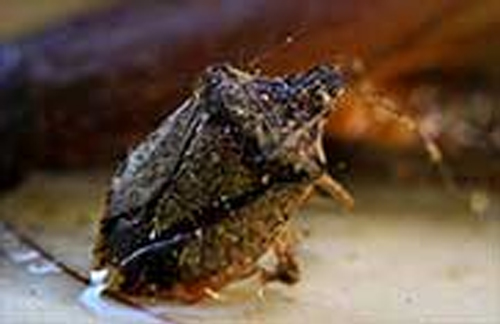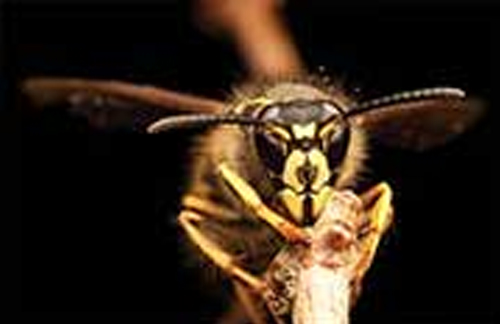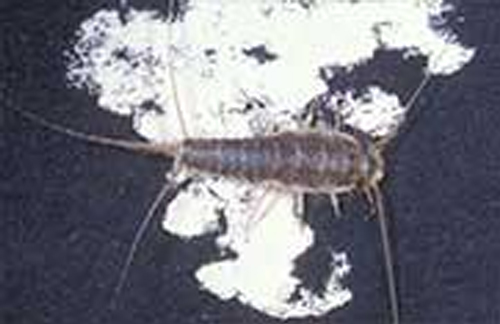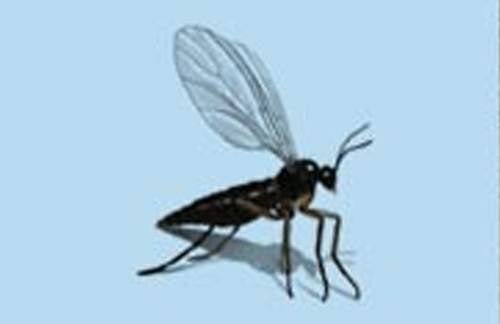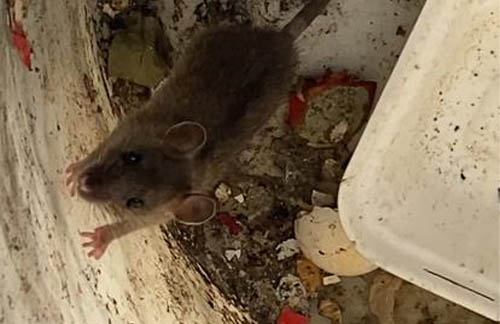Stinging Pests
Warm weather tends to bring everyone outside, including stinging pests. While the stings from wasps, bees, hornets, or yellow jackets may hurt, they can also cause more serious health issues like painful swelling, infections, nausea, and in rare cases even death.
Bees
There are more than 20,000 recorded bee species. Bees range in size of 2mm to 3.9 cm long and can be black or brown with red and yellow or lustrous blue stripes.
Bees live in colonies that contain the queen bee, the worker bee and the drone. The worker bee and the queen bee are both female, but only the queen bee can reproduce. All drones are male. Worker bees clean the hive, collecting pollen and nectar to feed the colony and they take care of the offspring. The drone’s only job is to mate with the queen. The queen’s only job is to lay eggs. Bees store their venom in a sac attached to their stinger and only female bees sting, as the stinger or ovipositor, is part of the female bee’s reproductive design. As a result of their constant laboring, their average life span is usually a mere six weeks.
All bees are hairy, a crucial trait for pollen collection. Flowers and flourishing vegetation often attract bees, and there is no insect as important as the bee when it comes to pollination. The most well-documented and encountered bee swarms are those of honey bees. Typically, honey bee swarms are not a major threat, unless when dealing with Africanized honey bees. The bees do not have a nest or young and, therefore, are less defensive. However, they will sting if provoked.
Wasps
There are 4,000 kinds of wasps in the United States. They vary tremendously in size from almost microscopic to several centimeters long depending on species. Most have two pair of wings and a pinched waist and range in colors from black to metallic greens and blues.
Social wasps live in colonies, which may number in the thousands. Within these colonies, female workers perform all duties within the nest. Solitary wasps live alone and therefore do not have a colony. They do lay eggs, but their eggs are left alone to hatch.Typically, wasps are most active during the day and usually return to their nests at dusk. These pests are often seen flying around during the second half of summer and early fall when the colonies search for food that will sustain their queens during the winter.
Some wasps are aggressive species and can sting when threatened. Unlike honey bees, wasps often are capable of stinging multiple times.
Scorpions
Scorpions possess eight legs and are related to spiders, mites and ticks, as well as other members of the Arachnida class. There are over 2,000 different species of scorpions that are found all across the world.
Scorpions prefer warm and relatively dry habitats. Because scorpions can live in very hash environments they have adapted the ability to slow their metabolism to as little as one-third the rate of most arthropods; enabling some species to use little oxygen and live on a single insect a year. Even with lowered metabolism, the scorpion has the ability to spring quickly to the hunt when the opportunity presents itself something that many hibernating species are unable to do. They find shelter during the day in underground holes or undersides of rocks.
Some species can have over 100 viviparous offspring, followed by the young climbing on the mother’s back for weeks until first molt and living independently. All scorpions are venomous, they use their venom to paralyze and kill their pray and in self-defense.
A scorpion’s life span ranges between three and five years, but some have been known to live up to 10 to 15 years.
Centipedes
Centipedes are elongated, with flat, segmented bodies that contain a pair of legs per segment. Depending on the species, they range in colors and sizes and may have anywhere from 15 to 177 pairs of legs. They have small mouths and have large, claw-like structures that contain a venom gland.
Most centipedes are carnivorous and forage for food at night, using their claws to paralyze their victims, such as worms, spiders and small vertebrates. Centipede venom is not normally life endangering to humans, although the bite can be painful.
Adult centipedes hide in moist, dark and secluded areas around bathrooms, closets, basements and other sites typically infested by pests during the winter. They place their eggs in dampened soil during summer or spring. Most centipedes live for more than a year and some up to six years. Centipedes may enter houses and buildings, but they do not usually roam during daytime.
